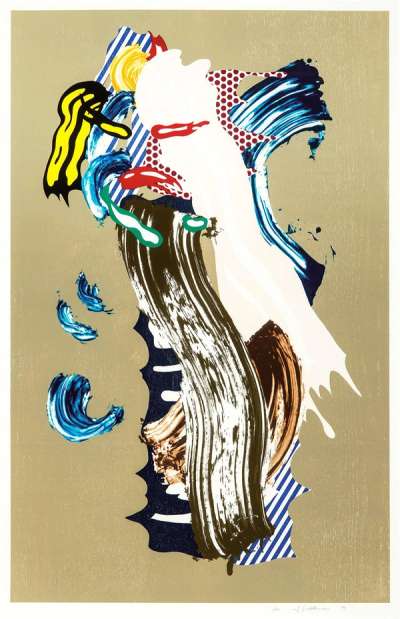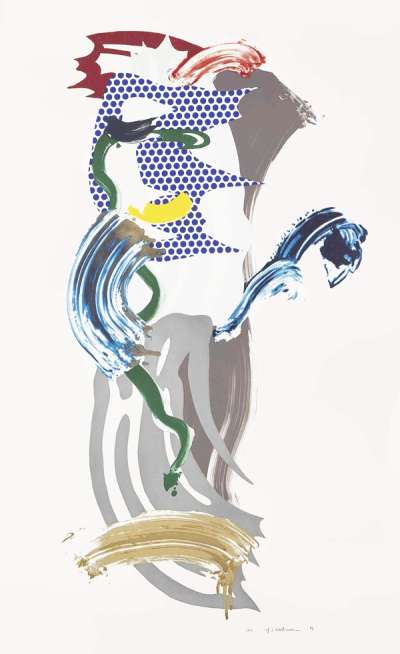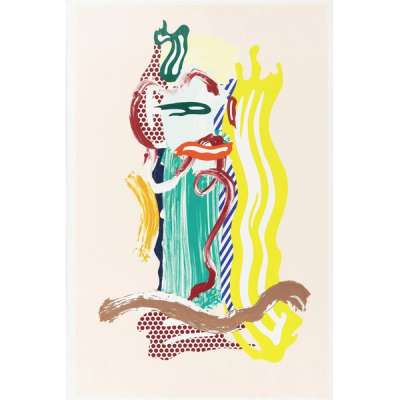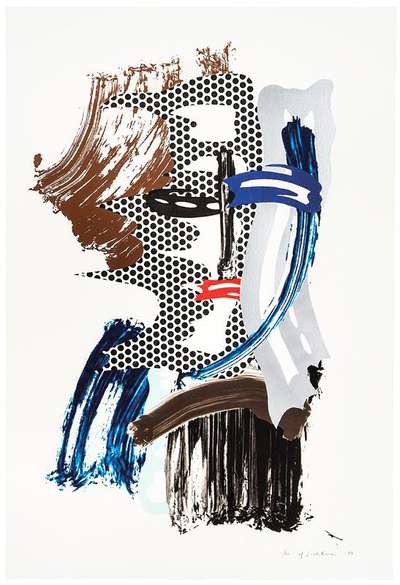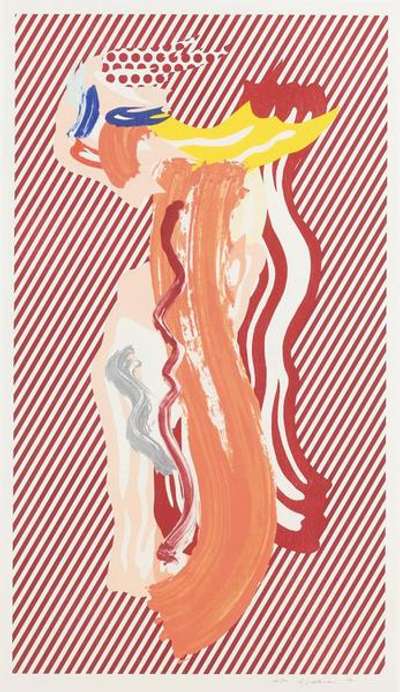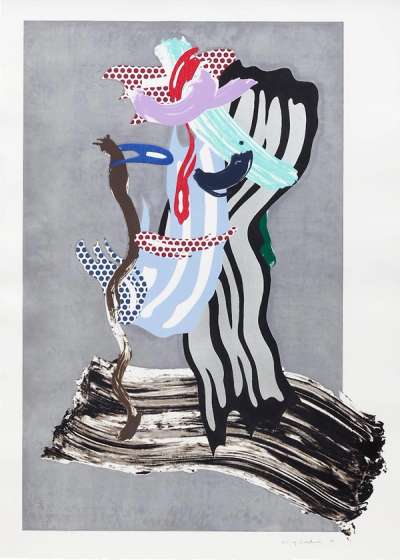
Green Face
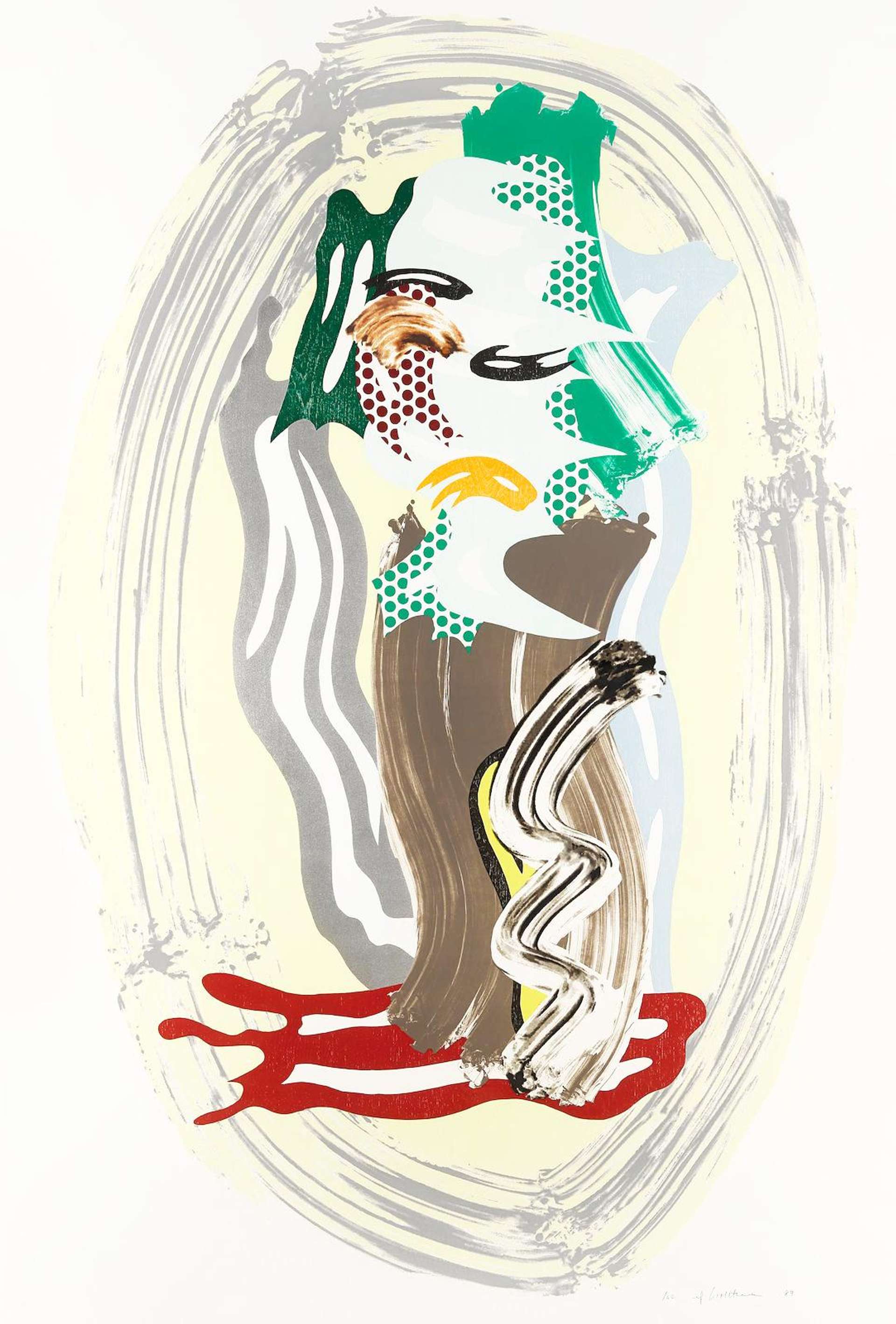
Green Face
Signed Mixed Media
Roy Lichtenstein
£21,000-£30,000
$40,000-$60,000 Value Indicator
$35,000-$50,000 Value Indicator
¥190,000-¥270,000 Value Indicator
€25,000-€35,000 Value Indicator
$210,000-$300,000 Value Indicator
¥4,000,000-¥5,720,000 Value Indicator
$27,000-$40,000 Value Indicator
AAGR (5 years) This estimate blends recent public auction records with our own private sale data and network demand.
There aren't enough data points on this work for a comprehensive result. Please speak to a specialist by making an enquiry.
Medium: Mixed Media
Edition size: 60
Year: 1989
Size: H 144cm x W 93cm
Signed: Yes
Format: Signed Mixed Media
MyPortfolio
Your collection tracked in real time.
Build your portfolio, manage valuations, view return against your collection and watch works you're looking for.
Track auction value trend
Auction Results
| Auction Date | Auction House | Artwork | Hammer Price | Return to Seller | Buyer Paid |
|---|---|---|---|---|---|
| Sotheby's London - United Kingdom | Green Face - Signed Mixed Media | ||||
| Sotheby's London - United Kingdom | Green Face - Signed Mixed Media | ||||
| October 2023 | Christie's New York - United States | Green Face - Signed Mixed Media | |||
| April 2022 | Wright - United States | Green Face - Signed Mixed Media | |||
| November 2018 | Bonhams New York - United States | Green Face - Signed Mixed Media | |||
| May 2015 | Sotheby's New York - United States | Green Face - Signed Mixed Media | |||
| April 2015 | Phillips New York - United States | Green Face - Signed Mixed Media |
Meaning & Analysis
Roy Lichtenstein’s Green Face constitutes a literal brushstroke portrait. Belonging to the pop icon’s Brushstroke Faces series of 1989, the works in this series parody the mannerism of the abstract expressionists. Using the same spontaneous flat sweeps of paint as his predecessors of the 1940s and 1950s, Lichtenstein seeks to offer criticism on painting’s history itself.
In line with other works from the same series, take Grandpa for instance, Green Face satirises brushwork and its inherent art historical importance. Combining the emotion of abstract painting and his own mechanical pop attitude, the print presents a composition wavering between abstract and figurative.
There is a built-in absurdity in this series, with which the artist tackles the idea of the genius artist who leaves his subconscious on the canvas in the shape of a brushstroke. Lichtenstein goes as far as framing his own composition in Green Face, with the help of light grey dabs of paint.
Similar to his other prints from the series christened Nude andBlonde, Green Face employs a colour palette uncharacteristic of Lichtenstein. Moreover, the artist has chosen to partly erase his own signature marks in this work. His familiar red and yellow outlines and the Ben day dots have been concealed beneath neutral pastels.
